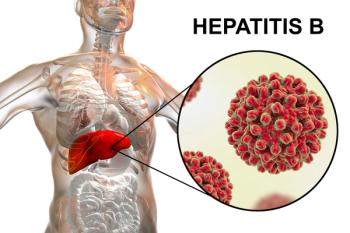
Top 5 Things to Know About Future Drug Spending
How will money be spent on medications in the next 5 years? Here's a look at the top trends.
The United States and other countries will continue to spend more on specialty medications, and less will be spent on brand-name drugs, according to a new forecast. In addition, spending on drugs in the U.S. will grow at a much slower rate, according to the Quintiles IMS Institute report, “Outlook for Global Medicines Through 2021: Balancing Cost and Value.”
•
THE GROWTH RATE for U.S. spending on medicines will decline by half, from 12% in 2015 to between 6% and 7% in 2017. Plus, prescription drug spending is forecast to grow between 6% and 9% through 2021, the report found. “The decline reflects the end of hepatitis C treatment-driven growth and greater impact of patent expiries-including the introduction of biosimilars-following a period in which fewer brands faced new generic competition,” said QuintilesIMSInstitute in a press statement. Plus, U.S. growth in 2014 and 2015 was driven by historically high price increases for both brand drugs and generics.
•
U.S. BRAND DRUG PRICES will increase at a slower rate, due both to competition from generics and Congressional backlash over soaring brand prices. “Brand prices will increase at 8% to 11% - more slowly than the 12% to 15% in the past three years, and with fewer outlier major price increases, as these have become unsustainable in light of high-profile media and political attention.”
(Cont'd)
•
SPECIALTY MEDICINES will lift the share of global heathcare spending from 30% in 2016 to 35% in 2021, driven by the adoption of new breakthrough medicines. While specialty medicines will continue to increase in share in developed markets, and approach half of medicine spending in the U.S. and five major countries in the European Union, specialty drugs will continue with a lower share (between 5% and 20%) of total medicines spending.
•
PATIENT OUT-OF-POCKET COSTS are forecast to decline, despite rising brand prescription costs, as patients shift to newly available generics and receive co-pay assistance for brands, the report found. Notably, more than one-third of prescriptions will have no out-of-pocket costs. “Free prescriptions are a growing trend, as some patients receive preventive services under the Affordable Care Act, under expanded eligibility for Medicaid and through some insurance plans.”
•
SEVERAL NEW THERAPIES are moving through the registration process around the world and are expected to come to market soon. In the anti-infectives and antivirals category, new treatments for HIV, bacterial disease, anthrax, hepatitis C, and malaria will be launched. In the arthritis and pain category, there will be new drugs for osteoarthritis and migraine headaches. In the genito-urinary and hormones segment, there will be new launches for osteoporosis, hypogonadism, contraception, and infertility. In addition, breakthrough therapy designations for cancer treatments and shorter development cycles have led over a quarter of the entire late-stage drug pipeline to be focused on developing oncologics. “Therapies for CNS disorders follow, making up almost one-eighth of the total pipeline,” the report said.
Newsletter
Pharmacy practice is always changing. Stay ahead of the curve with the Drug Topics newsletter and get the latest drug information, industry trends, and patient care tips.











































































































































































































